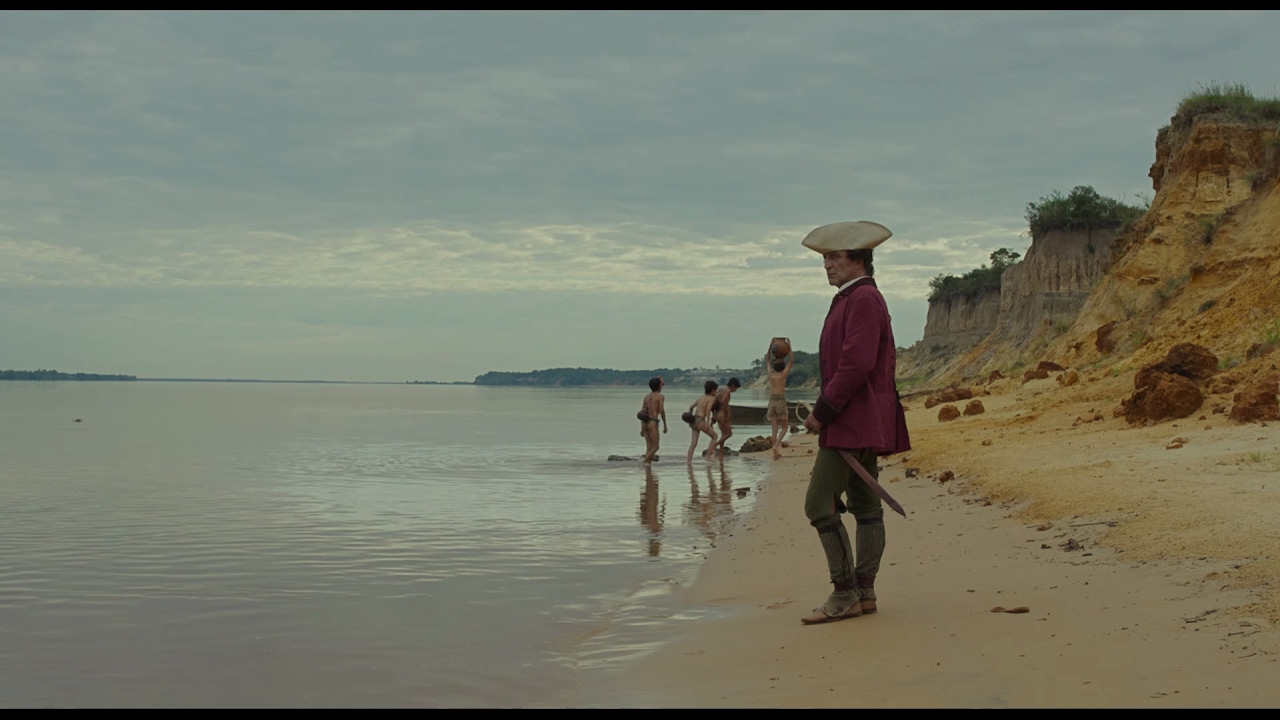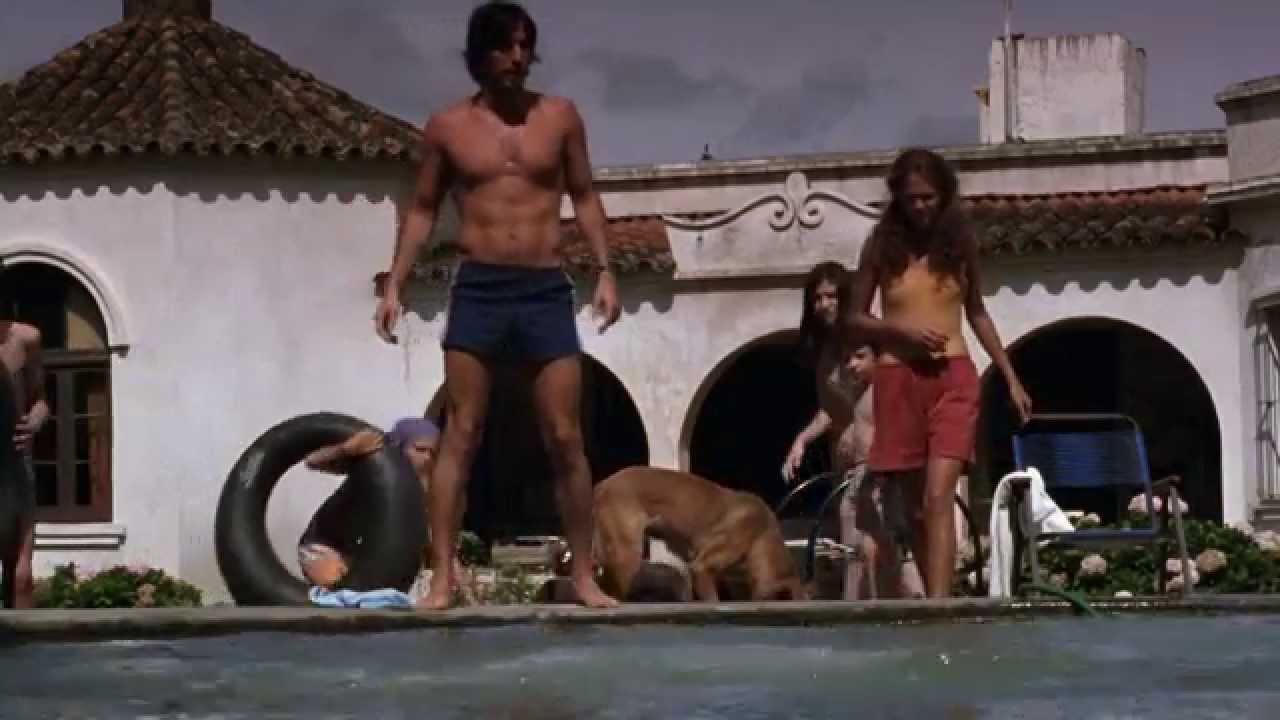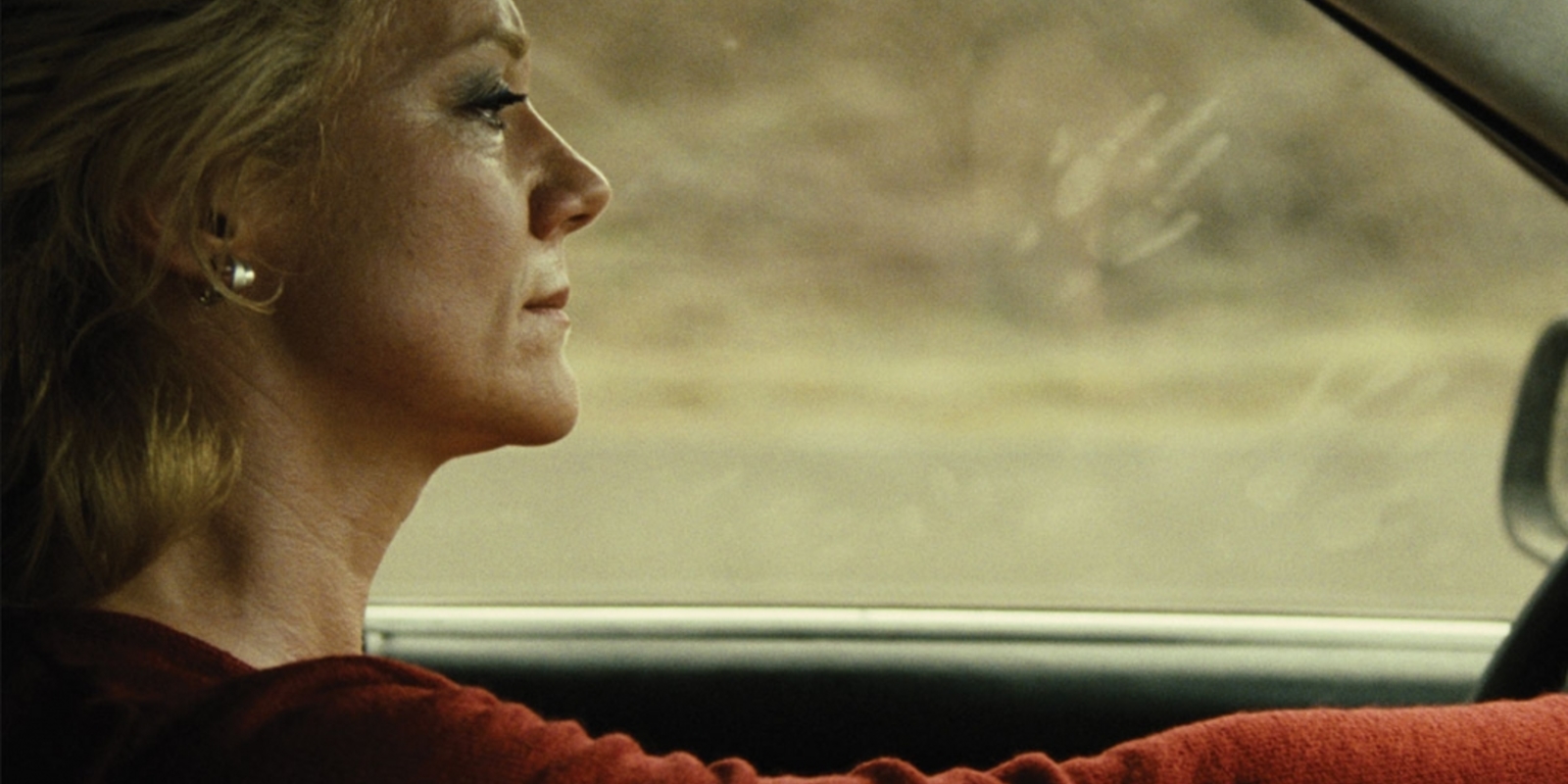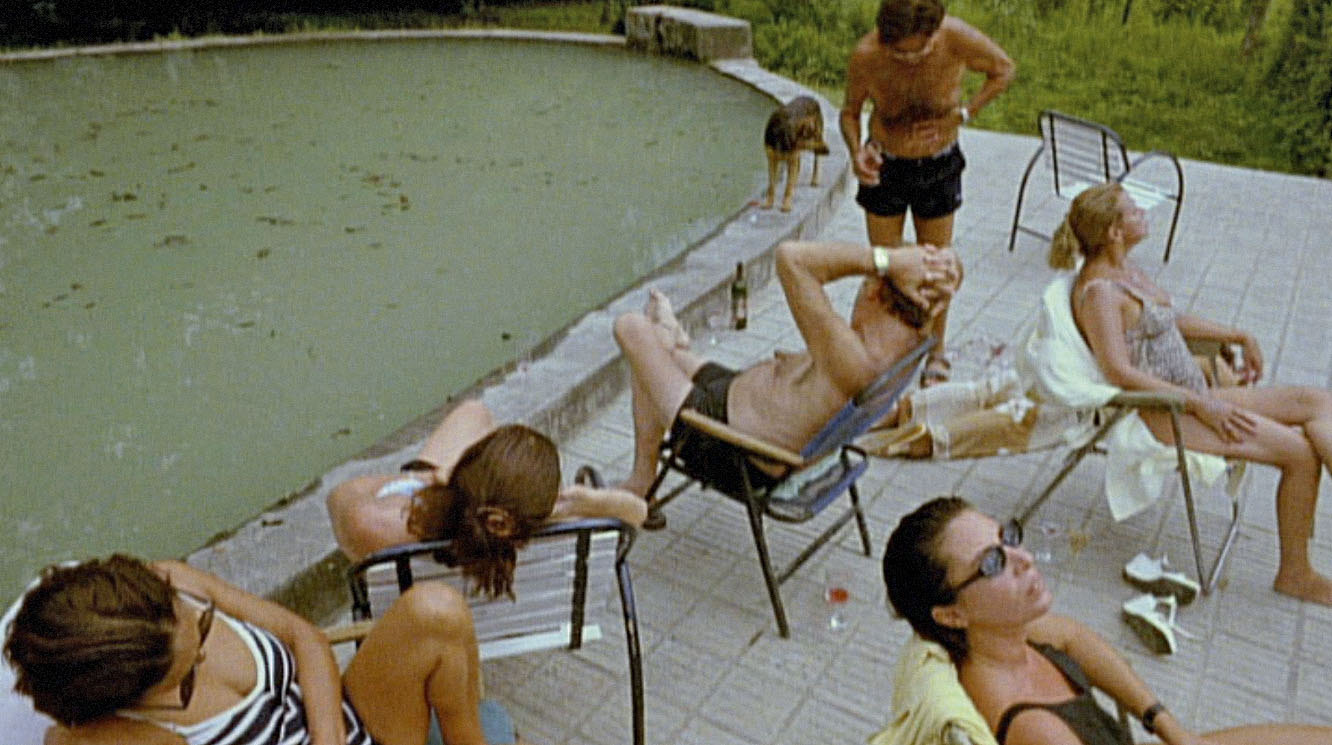There’s something perverse in writing about Lucrecia Martel. The silence of words on a page seem singularly ill-equipped to convey the senses of a director so attuned to aural dreamscapes, to stories told with particular cadences and rhythms as much as a personal vision. In La Ciénaga (2001), The Holy Girl (2004), and The Headless Woman (2008) — Martel’s so-called “Salta Trilogy” — the sounds are not just inseparable from the worlds they invoke; it’s the sounds that come first.
“It is sound that drives me,” Martel has said. “Image is a way of avoiding something that I want to hear but not to see.” Those sounds were front and center at BAMPFA’s Friday night screening of Martel’s stunning debut, which made full, immersive use of the recently revamped Berkeley cinemateque’s acoustics. The scraping of deck chairs, ice tinkling in glasses of apparently bottomless wine, the hillside reverberations of gunshots in the distance, out where the boys are playing with guns … it was all there. Even, or especially, in those moments in Martel’s restless, sweaty portrait of a fragmented family when you wish it would it let up.
The Friday screening kicked off “The Anxiety of Identity,” BAMPFA’s program, which runs through May 10th. The traveling retrospective is just one indication that the auteur — the most recognizable presence in what would hopefully be called the New Argentine Cinema, and somehow, like Godard for the nouvelle vague a half-century ago, also its least representative — is having something of a moment.
 The occasion is technically the release of Zama (BAMPFA’s sold-out screening is tonight, 4/22, with Martel in attendance). It’s her first film in a decade and one that, on paper at least, would seem to break with certain aesthetic throughlines that have defined her work to date. But perhaps there’s something more generally in the air that’s made the time right for a reemergence.
The occasion is technically the release of Zama (BAMPFA’s sold-out screening is tonight, 4/22, with Martel in attendance). It’s her first film in a decade and one that, on paper at least, would seem to break with certain aesthetic throughlines that have defined her work to date. But perhaps there’s something more generally in the air that’s made the time right for a reemergence.
Don’t look for Martel to put too fine a point on it. Her aesthetic concerns have always laid at the intersection of the quotidian and mythic, seeming to bubble over from some other wellspring outside the frame, from half-remembered dreams, free-floating desires, and oppressive social relations. BAMPFA’s title for the series gets it right; Martel makes films about identities, but obliquely, and without faddish reference to any filmic universe but her own, and with a resolutely anti-patriarchal bent. She is in cinema, she told Filmmaker Magazine:
because of the influence of my grandmother, who told stories to me, and because of my parents, who told me films and stories. In the world of the cinema, I feel like an impostor. I belong to the ranks of family conversations, stories at siesta time, long telephone calls, etc.
My love of storytelling comes from oral tradition, the stories from my grandmother and conversations with [my] mother. The world is full of discussions of condensation, drifts, misunderstanding, repetition. These are the materials I work with. My debt is to these women.
Women are indeed the protagonists in each of her films, though this is likely not exactly, or not only, what Martel means (and it’s also an area in which Zama at least superficially marks a departure). Bodies, their visibility and positions, take up the screen, and what is just off to the side structures the center.
 La Ciénaga has a number of options amid its sprawling bourgeois tapestry of a cast, but there’s little doubt that the men mostly haunt the periphery, phantoms of dissolute or dubious influence, their taciturn bodies frequently subject to a female gaze in the sweltering heat, with the erotically frantic teenagers, in J. Hoberman’s apt turn of phrase, “hanging around like ripe fruit.”
La Ciénaga has a number of options amid its sprawling bourgeois tapestry of a cast, but there’s little doubt that the men mostly haunt the periphery, phantoms of dissolute or dubious influence, their taciturn bodies frequently subject to a female gaze in the sweltering heat, with the erotically frantic teenagers, in J. Hoberman’s apt turn of phrase, “hanging around like ripe fruit.”
In The Holy Girl (screening at BAMPFA on 5/5), Amalia is inappropriately touched in a crowd by a married doctor; the melodramatic trappings are subverted when she decides this is an opportunity to save him from sin.
 The Headless Woman (screening tonight at after Zama, and again on 5/10) is as much a nightmare of stasis as Martel’s debut — an accident on the road may have killed either a dog, an indigenous child, or no one at all, but the film takes on its protagonist’s mental fog so much that we can’t be sure. No one can. It’s a nightmare of lived forgetting, “[T]hat mechanism of oblivion,” in the director’s words, “of pretending that nothing has happened, [which] is, in its core, the most frequent horror of our society.”
The Headless Woman (screening tonight at after Zama, and again on 5/10) is as much a nightmare of stasis as Martel’s debut — an accident on the road may have killed either a dog, an indigenous child, or no one at all, but the film takes on its protagonist’s mental fog so much that we can’t be sure. No one can. It’s a nightmare of lived forgetting, “[T]hat mechanism of oblivion,” in the director’s words, “of pretending that nothing has happened, [which] is, in its core, the most frequent horror of our society.”
The political content latent in that phrase is obvious, but it never feels so in the worlds Martel conjures with a Faulknerian attention to imaginative place. Criterion’s “3 Reasons” video sums up La Ciénaga: inherited decadence, simple desires, everyday dangers. True enough, as far as it goes, but it misses the near-comic, near-horrific element, a narrative circularity worthy of her countryman Borges, and a pervasive sense of confinement in worlds without end.
“No one can organize emotions along a linear timeline,” Martel told the Chronicle the other day. “Things happen simultaneously and without order.” The BAMPFA program has no choice but to organize these sounds and images all the same. Like the kids at the dam in La Ciénaga — alternately confronting and hiding in the spillway — we’d do well to stand in the flow of her work and, giddily, dangerously let it wash over us.

